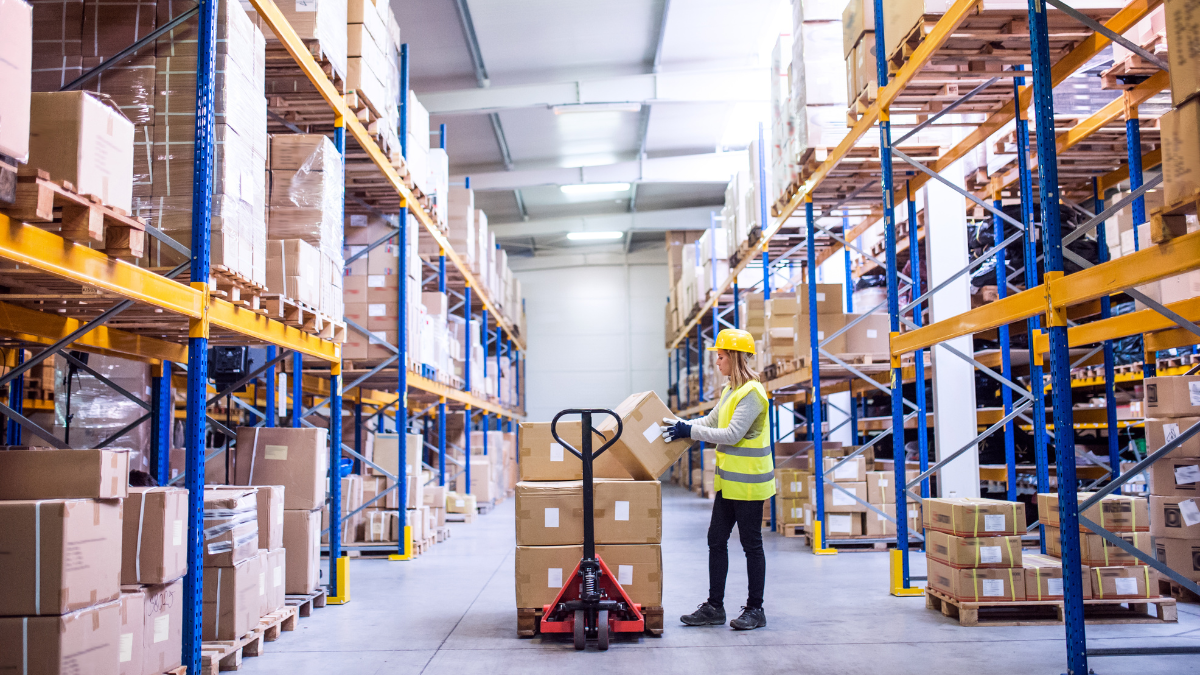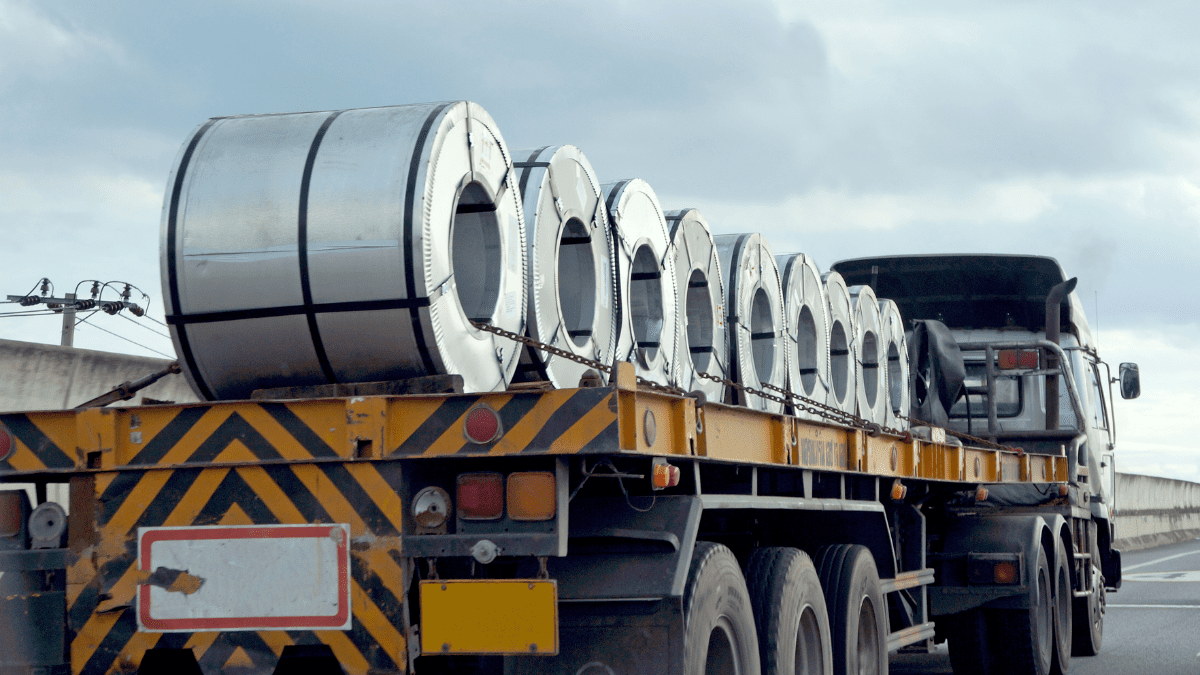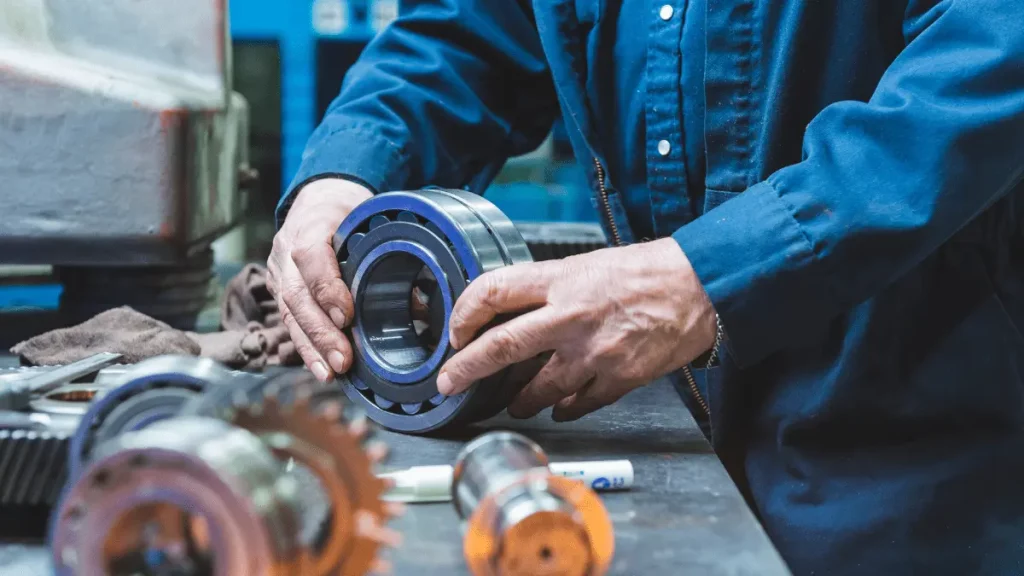What are the seven wastes of lean manufacturing?
The 7 wastes of lean manufacturing, or also known as ‘muda,’ includes various forms of inefficiencies that the lean production systems strive to eliminate. By definition, in lean manufacturing, waste is considered as anything that does not add value. By eliminating some, if not all, of the 7 wastes of lean manufacturing, you can boost your organization’s productivity and improve your overall bottom line.
1. Overproduction
What is overproduction?
Overproduction is one of the most common forms of manufacturing waste. To clarify, it means producing something before it is truly needed. This is harmful because it results in depleted raw materials, excess inventory, and wasted storage. Furthermore, this may lead to the disposal of excess product if you continuously overproduce. Doing this can have a serious environmental impact, and can also create wasted human effort.
How to prevent overproduction waste?
- Use Takt Time — pace the production speed so that the rate of manufacturing matches the rate of customer demand
- Use Kanban — leverage a pull system to control how much is manufactured
- Use SMED — reduce setup times so that you can economically manufacture smaller batches
2. Inventory

What is inventory?
This type of waste refers to unprocessed inventory. To clarify, this includes excess product (raw materials, work-in-process, finished goods) quantities that go beyond supporting immediate needs.
How to prevent (unprocessed) inventory?
- Use Just-in-Time – bring raw materials in depending on when they are needed
- Use Continuous Flow — try to reduce or eliminate barriers in between production steps
- Use the lean manufacturing tools described in overproduction
3. Defects
What are defects?
Defects refer to any product that does not meet the specifications expected by the customer. In essence, it is any product that is scrap or requires rework. This is harmful as it results in the disposal or reproduction of the work, costing you a lot of time and money. Additionally, defects can also result in a loss of customers and your reputation. Therefore, this is an exponentially costly form of waste.
How to prevent defects?
- Use Poka-Yoke — design processes in a way that produces less defects
- Use Jidoka — design processes to detect abnormalities so they can be corrected instantly
- Use Root Cause Analysis — determine the single most frequent defect and find out the reason for it
- Use Standardized Work — create a set of work instructions that detail a consistent method of manufacturing a part
4. Motion

What is motion?
Motion wastage is defined as any movement made that could have been used for another purpose. In essence, it is the unnecessary movement of people. For example, a manufacturing or factory worker bending over to pick up something, or an unnecessary trip to a machine.
How to prevent motion?
- Use 5S — ensure that workplaces are clean and logically organized
- Use Value Stream Mapping — consider changing the arrangement of the equipment to reduce unnecessary motion
5. Over-processing
What is over-processing?
This waste is often one of the more difficult type of waste to detect and eliminate. Over-processing means performing more processing than what is needed to produce what the customer requests. In other words, more value is being delivered than what is needed by the customer. So, any work that doesn’t need to be done, shouldn’t be done.
How to prevent over-processing?
- Use Kaizen — compare customer requirements to manufacturing specifications and seek potential simplifications to the manufacturing process
6. Waiting
What is waiting?
This refers to any form of waiting that is done by a manufacturing worker or machinery to complete a task. Furthermore, waiting often happens when one step of the production process takes longer than it needs to, resulting in wasted worker time. This is because you’re still paying your employees to be unproductive, and your materials can go to waste if not immediately used.
How to prevent waiting?
- Use Continuous Flow — design processes to have a continuous flow so that there are minimal (or no) buffers between the different production steps
- Use Standardized Work — create a set of work instructions to ensure consistent methods and times are followed for each step of production
7. Transport

What is transport?
Transport refers to the unnecessary movement of product (raw materials, work-in-process, finished goods) from one place to another. This type of waste does not give the customer any added value. Therefore, you should minimize unnecessary transport as much as possible.
How to prevent (unnecessary) transport?
- Use Value Stream Mapping — design a linear, sequential flow from raw materials to finished goods
- Use Continuous Flow — ensure work-in-process is not placed into inventory





